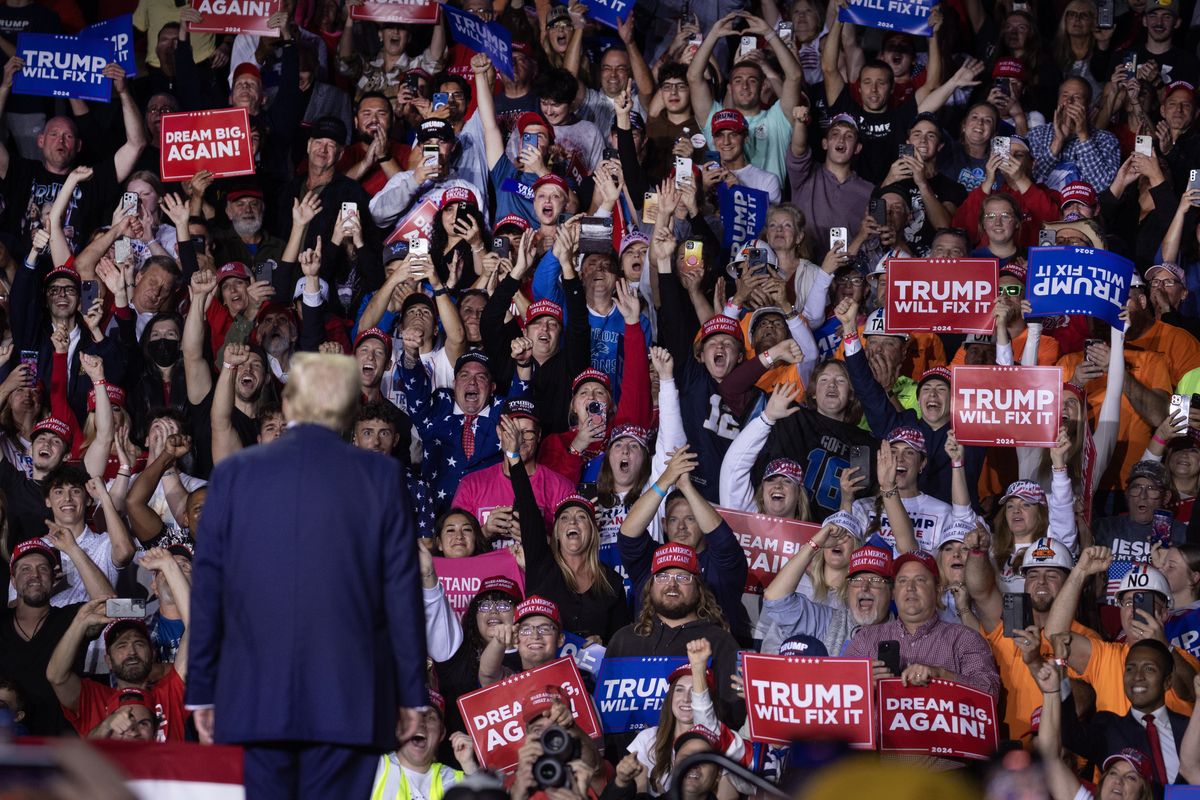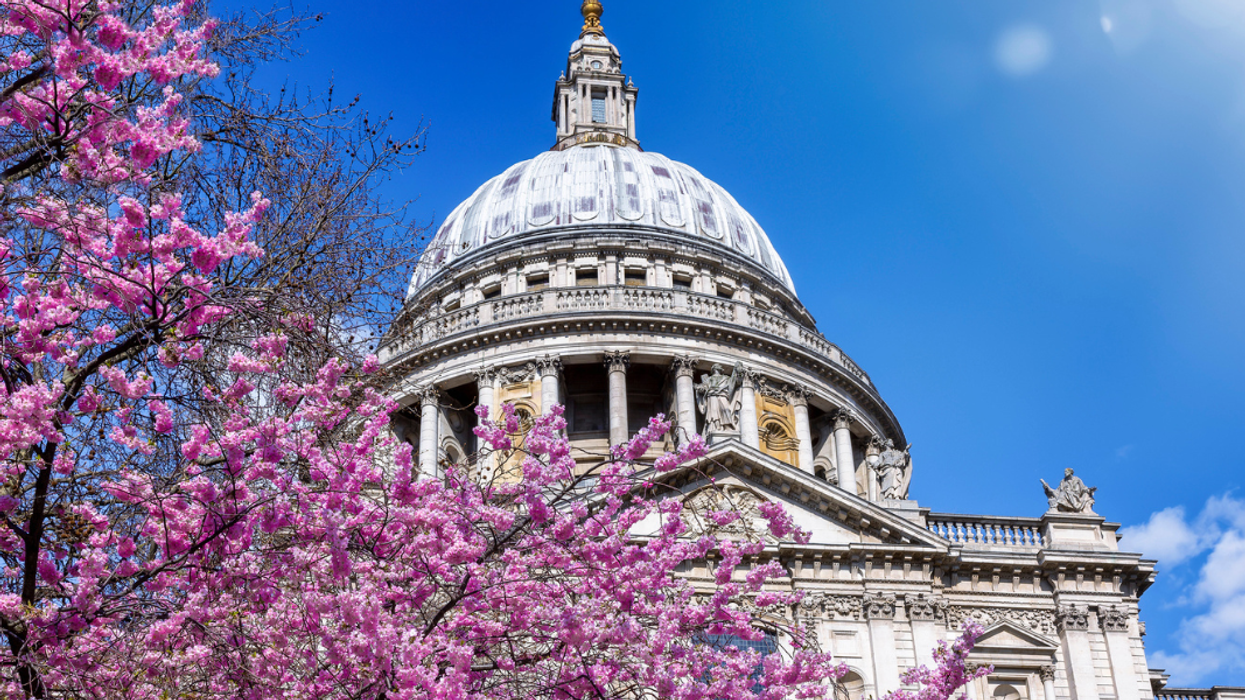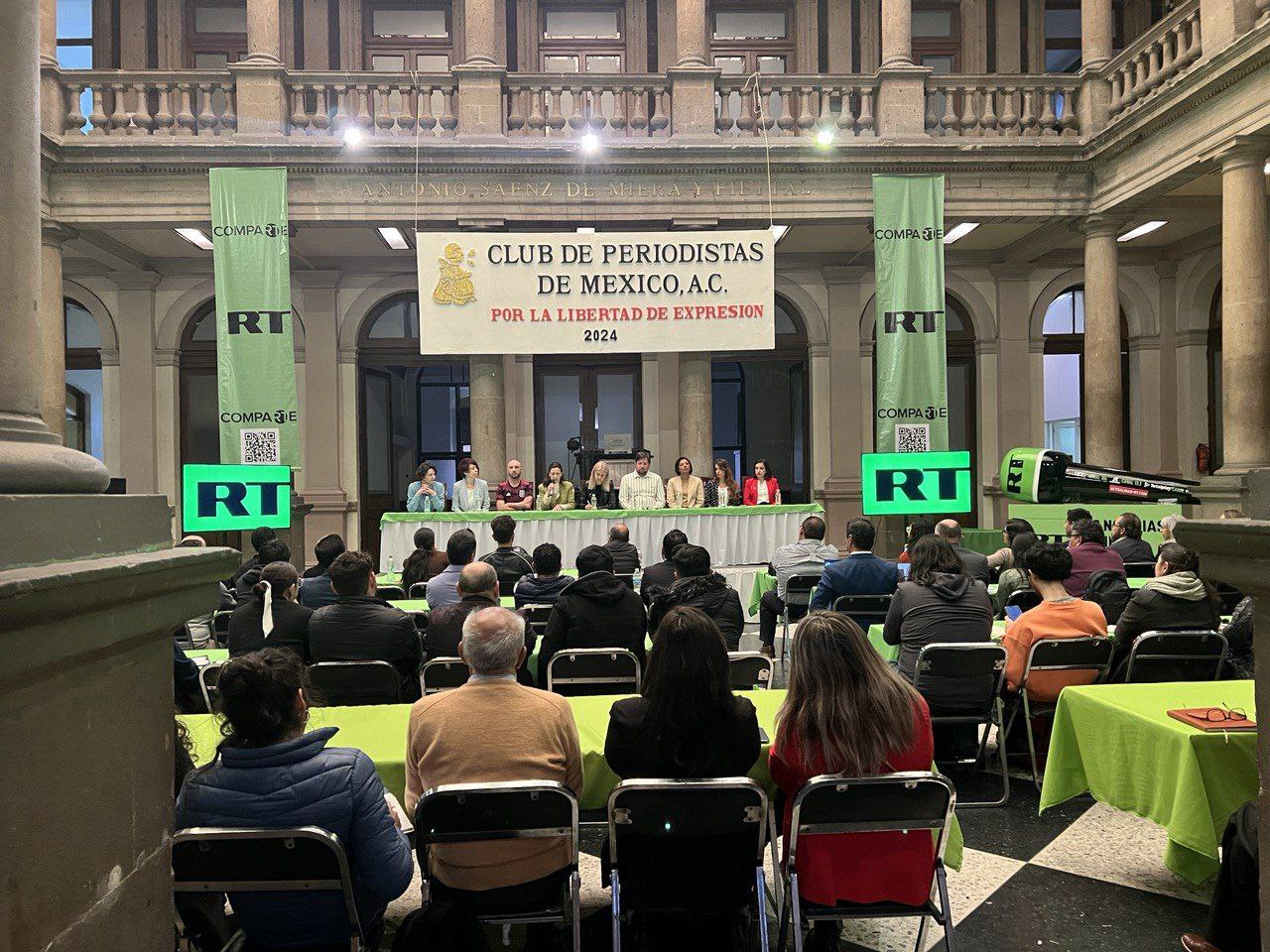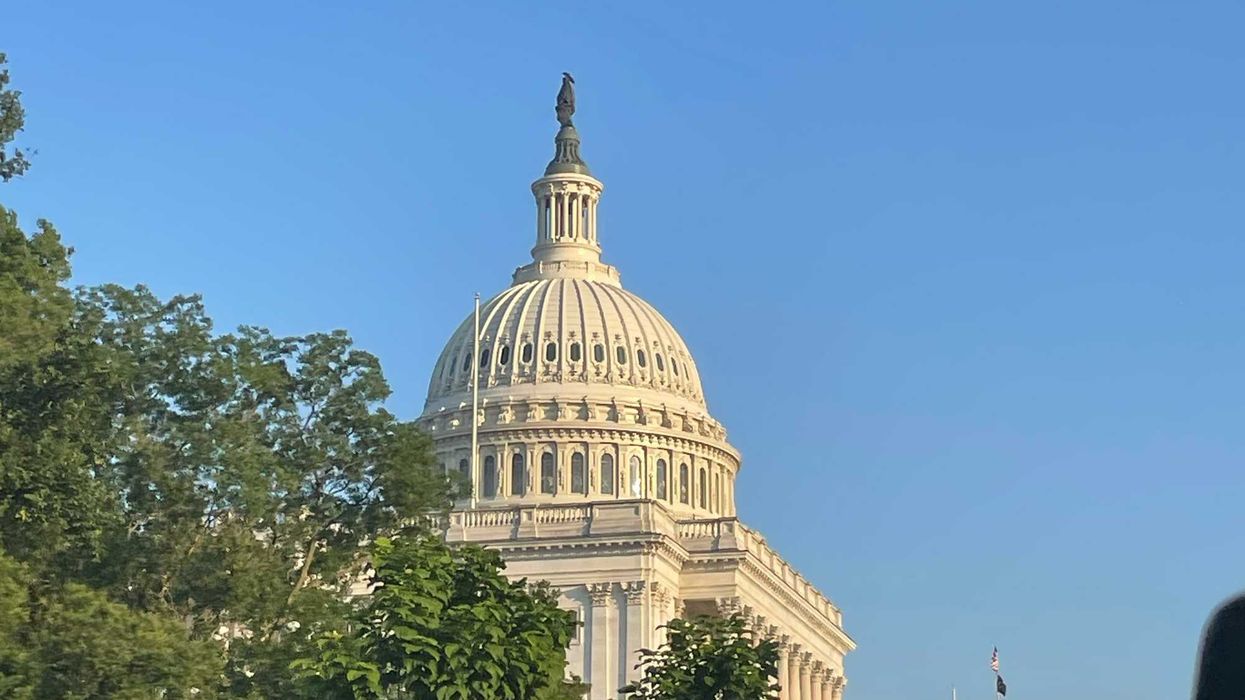Fitch is the President & CEO of the Congressional Management Foundation and a former congressional staffer.
It’s no secret that Congress is not held in high esteem by the American people. Much of the blame for dysfunction in Washington, and our system of government, is directed at so-called “special interest groups.” About 70 percent of Americans polled in a national survey said that “Congress works for the rich and powerful, not everyday people.” One research focus group participant said, “I feel like the lobbyists really control Congress. Everything’s going towards…the highest bidder.” Mainstream media and Hollywood consistently weave a narrative that members of Congress are automaton puppets, with nefarious villains pulling the strings. However, the reality bears little resemblance to this story.
The Congressional Management Foundation (CMF) has worked with the Congress for nearly 50years, interacting with hundreds of Members of Congress and thousands of congressional staff. We survey their attitudes about work and constituents, review their operational schedules, and advise them on engaging with their constituents. The truth is that the biggest factor influencing lawmakers’ decisions are constituents, especially constituents connected to a nonprofit organization, trade association, or business in the district or state. For 20 years, CMF has asked the same question to hundreds of congressional staff: “If your Member/Senator has not already arrived at a firm decision on an issue, how much influence might the following advocacy strategies have on his/her decision?” Consistently, the top two tied answers for the most influential strategies have been “in-person meetings with constituents” and “contact from a constituent’s representative.”
The media and general public rarely see these interactions because they affect a narrow swathe of citizens. This is the very reason for organized advocacy, or “special interest” groups. It is citizens who have an interest or opinion on an issue exercising their constitutional right to assemble, frequently through associations, non-profits, and companies. Most interactions between citizens and Congress are facilitated by these groups. Doctors, lawyers, students, hospice nurses, farmers, environmentalists, small business owners, morticians, seniors, insurance agents, retailers, oil company workers, and even employees of media companies have formed associations to further their common interests. Thousands of state and national associations, nonprofits, and companies organize Americans to contact their elected officials on issues of collective importance, most of which do not have broad national interest and are seldom discussed outside of the group’s network.
For example, the Alzheimer’s Association might call on its members to encourage a Representative to cosponsor a bill to increase funding for Alzheimer’s research. Or the American Farm Bureau might reach out to farmers to encourage a Senator to speak publicly against a proposed regulation by the Environmental Protection Agency. The result is a cycle of citizen advocacy translating to congressional action playing out thousands of times a day in Congress, largely not witnessed by either the media or the public. This is not the warped influence of so-called special interest groups – it is a fundamental feature of our democracy for citizens to band together, monitor, and inform elected officials, expressing a voice on the decisions that will impact them.
The cynical view could be that enhanced power by constituents who participate with like-minded others in organized groups (i.e., “special interests”) would skew lawmakers’ decision-making process and lead to worse policy outcomes. But in fact, congressional staff reported that they appreciate a well-prepared constituent, as it makes it easier to understand the implications of public policy on those they represent. Better policy decisions are made through better citizen advocacy.
A few years ago, the legendary journalist Cokie Roberts was asked whether constituent voices really matter. Cokie was not only a distinguished journalist, but both of her parents served in Congress, so she had a front row seat in our democracy. “If it’s someone who is from the district, especially someone who is active in that district, Members of Congress pay a tremendous amount of attention to those people,” she said. Cokie added: “And the truth is, if people from a member’s district actually go to their office and see that member, it really can make a difference.”


























